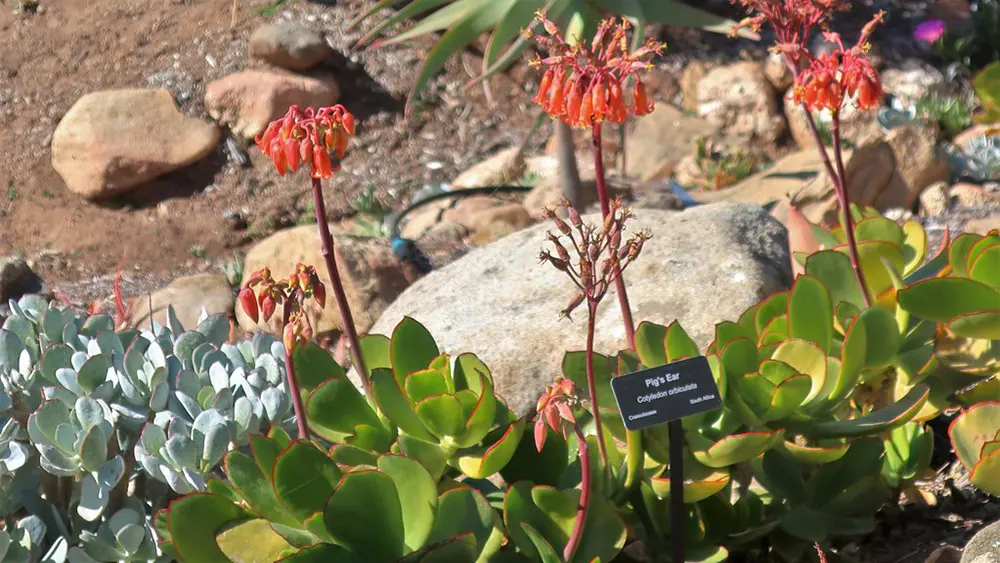Good afternoon everyone.
I have a new build house that had hedges planted when the house was finished which was a year ago but they have all but died.
other people on our development blames the condition and depth of soil which is why they aren’t thriving.
we are going to replace the hedges but wanted some advice as to what would be best. The garden faces South East and gets sun from about 10am to 3pm ish.
Also would it be worth installing a basic irrigation system for them whilst they are being replaced??
Thanks in advance for any advice given.
I have a new build house that had hedges planted when the house was finished which was a year ago but they have all but died.
other people on our development blames the condition and depth of soil which is why they aren’t thriving.
we are going to replace the hedges but wanted some advice as to what would be best. The garden faces South East and gets sun from about 10am to 3pm ish.
Also would it be worth installing a basic irrigation system for them whilst they are being replaced??
Thanks in advance for any advice given.







